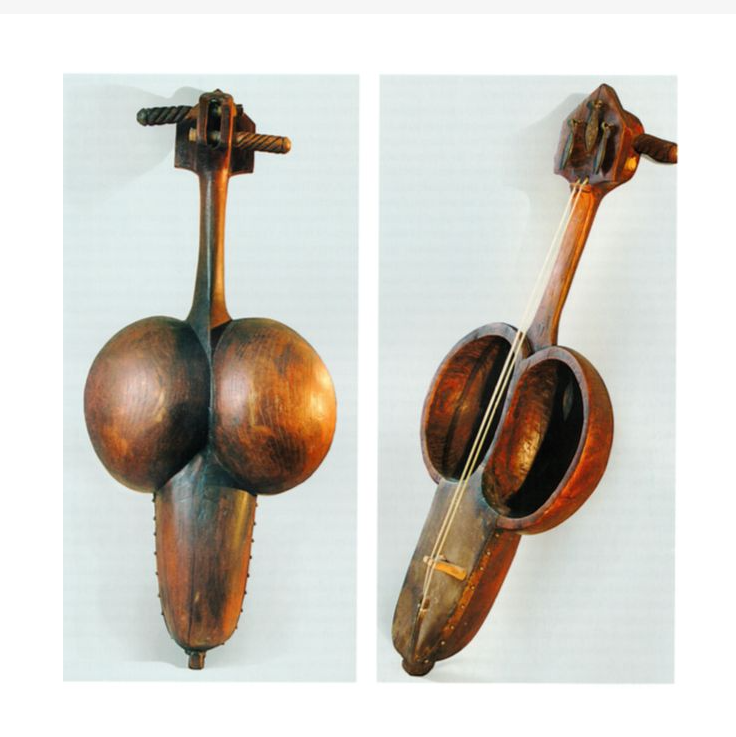Kubuzi overview
 Kubuzi (pinyin: kù bù zī) is a traditional musical instrument of Kazakh and other Central Asian nationalities. Its founder was Kurkut, a shaman at the end of the eighth century. Chinese also translated as Hobbes, Hobbes, Kebuzi and so on. With a long history, simple construction and soft sound, it is used for solo, ensemble or accompaniment.
Kubuzi (pinyin: kù bù zī) is a traditional musical instrument of Kazakh and other Central Asian nationalities. Its founder was Kurkut, a shaman at the end of the eighth century. Chinese also translated as Hobbes, Hobbes, Kebuzi and so on. With a long history, simple construction and soft sound, it is used for solo, ensemble or accompaniment.Popular in Xinjiang Uygur Autonomous Region Ili Kazak Autonomous Prefecture, Balikun, Mulei Kazak Autonomous County, Haixi Mongolian Tibetan Kazak Autonomous Prefecture in Qinghai Province and Aksai Kazak Autonomous County in Gansu Province.
In the traditional Kubuzi, the body is excavated from a single piece of wood, with a total length of 60 cm to 65 cm. The appearance of the resonance box is spoon-shaped, the upper part is large and the lower part is small. The box is 27 cm to 29 cm long. The upper part is open and exposed, not covered with leather film or wooden panel, and the lower part is covered with camel lambskin or sheepskin. The headstock is unadorned, with a string groove and a nut, and three pegs on both sides (one on the left and two on the right). The neck is slender and long, with no grades on the front. There are bridges and horses on the skin, and three camel strings are attached.
Since the 1960s, after continuous reforms in Kubuzi, the upper half of the piano case was covered with pine wood, and the lower half was covered with python or sheepskin, a fingerboard was added, and the number of strings was increased to four, using silk or steel strings. , and made into the treble, midrange, bass and double bass series Kubuzi. The tunings are the same as the various violins, respectively.
When playing, sit in a sitting position, place your legs flat, and clamp the lower part of the piano box with your knees; hold the piano with your left hand, use the fingertips of your index finger, middle finger, and ring finger to the outside of the first joint, and press the strings from the inside to the outside, which is more difficult. Big; the right hand holds a ponytail bow and sticks rosin to play outside the strings. Can be used for solo, instrumental ensemble or to accompany folk songs and dances.
- Chinese name:Kubuzi
- popular area:Xinjiang Uygur Autonomous Region and other places
- type:bowed stringed musical instrument
- pinyin:kù bù zī
overview of other similar instruments
- sanyanxiao overview
- Daguangxian overview
- Leiqin overview
- hahao overview
- yandundagu overview
- Han Xiaozheng overview
- Fang Xiang overview
- guanzi overview
- zhuqin (Dao Qin) overview
- zhuiqin overview
- bangzi overview
- three-stringed piano overview
- Gehu overview
- xiao overview
- xiaokonghou overview
- Konghou overview
- Sheng overview
- suona overview
- hulusi overview
- gushao overview
 渝公网安备 50010702504639号
渝公网安备 50010702504639号